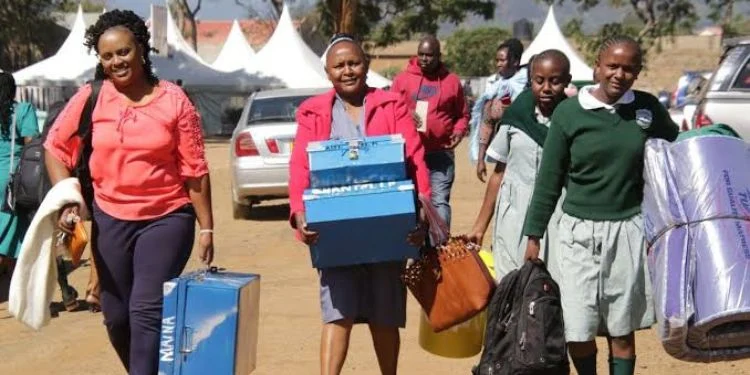By Lydia Mbalo
Some children have the misfortune of being born either totally or partially blind. Like any other child, these ones have a right to education. Some are taken to schools for the visually impared, others to regular schools that have units for the blind yet others never see the inside of a classroom.
Whatever kind of a school, the visually impaired encounter lots of challenges in the process of acquiring formal education. The challenges emanate from the skills required in handling these special children and the incompatibility of the regular learners with the former.
More often than not, the regular teachers in the institutions with integration units are not necessarily trained to handle them. The latter may not easily perceive some concepts and words as contrasted to the sighted students, for example. The teacher will have to struggle and soon run out of patience.
Besides, the teacher handling an integrated class needs to train the regular learners to be patient and more accommodative to their impaired counterparts. Otherwise, the learners will be segregated and thus disadvantaged. Those children’s mannerisms do not make the situation any better.
Moreover, the regular teachers need some basic training on handling ADL (Activities of Daily Living) with the visually impaired.
The biggest challenge is the cost involved in handling these children. The cost of the instructional equipment for the them is prohibitive: the braille machines, the projectors, the braille paper and the extra curricula activity equipment. The cost makes most of the institutions with integrated units make-do with just a few of these equipment.
However, besides the challenges, the integrated school remains the best for the visually impaired because of one singular reason: The fact that it provides an ideal situation for interaction with the regular world. They are going to live and work with the sighted people in the future. The earlier they started co-existing the better.
The challenges facing the institutions handling this group, therefore, need to be looked into as a matter of urgency. Foremost, The Kenya Society for the Blind Act needs to be reviewed to enable the Government allocate funds to it. The Act suggests that the society shall solely survive on charity. Given the egocentric society that we live in, very few people will ponder donating for a visually challenged child. If the Act could be reviewed the society would present its budget to the exchequer and be allocated funds. This will enable it to supply equipment to the schools.
Besides, the Ministry of Education needs to review its capitation for all the schools handling children with special needs.
Kenya Institute of Curriculum Development (KICD) should encourage publishers to come up with some braille learning materials. This will save the time spent on brailling of the normal learning materials. The Government should also embark on training regular teachers who handle the learners.
The teachers’ employer (TSC) needs to rethink the allowance for teachers handling children with special needs. The teachers do more than teaching – they train. They also have to spend a lot of time with the learners. TSC should also deploy special needs trained teachers to the relevant institutions to avert shortage in these schools.
The Ministry of Education should also engage in sensitizing the society on the need to take visually impaired and other physically challenged children to school, besides deploying enough Special Needs Education (SNE) officers to the counties and sub-counties to help fast-track the dissemination of information on special needs to and from the ministry headquarters.
By looking into these challenges, we shall enable the visually impaired children to attain their full potential and compete fairly with the sighted ones. After all, it is not uncommon for the visually impaired to do better than the sighted.
Mbalo is a practising head teacher





